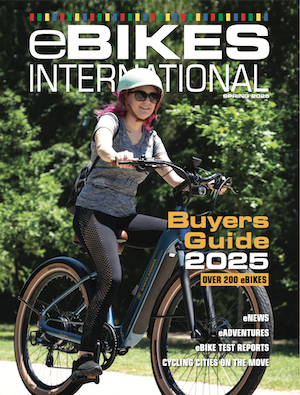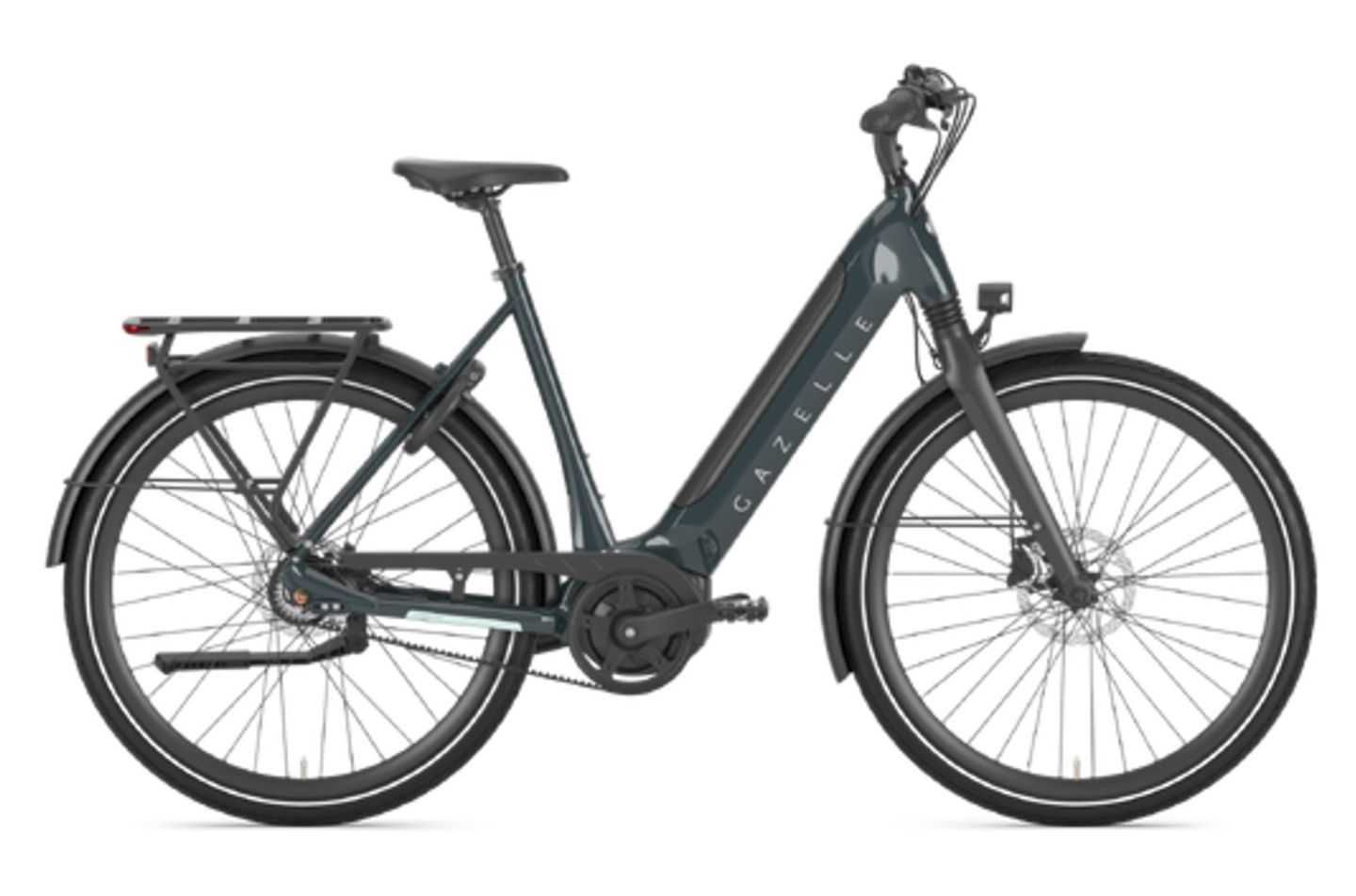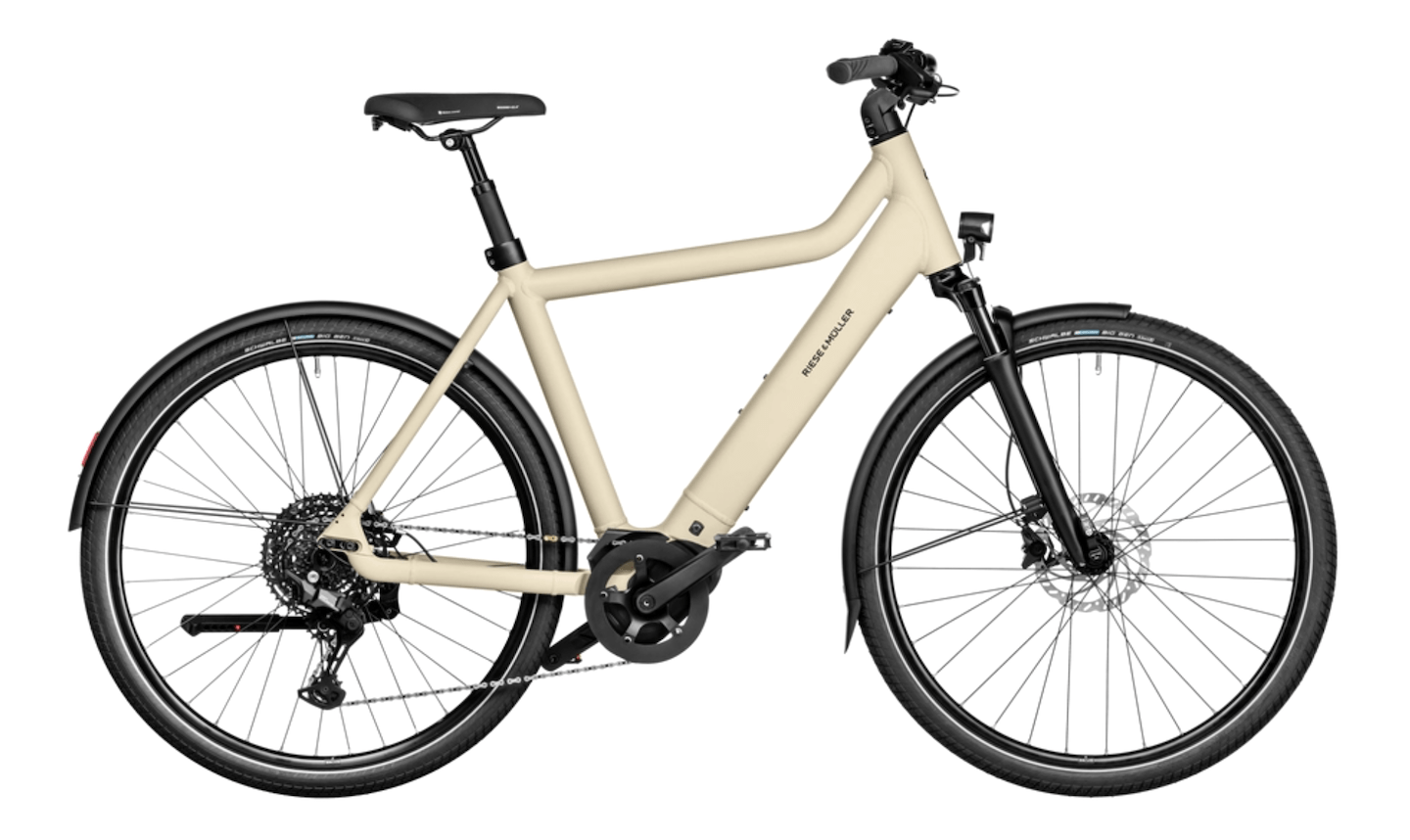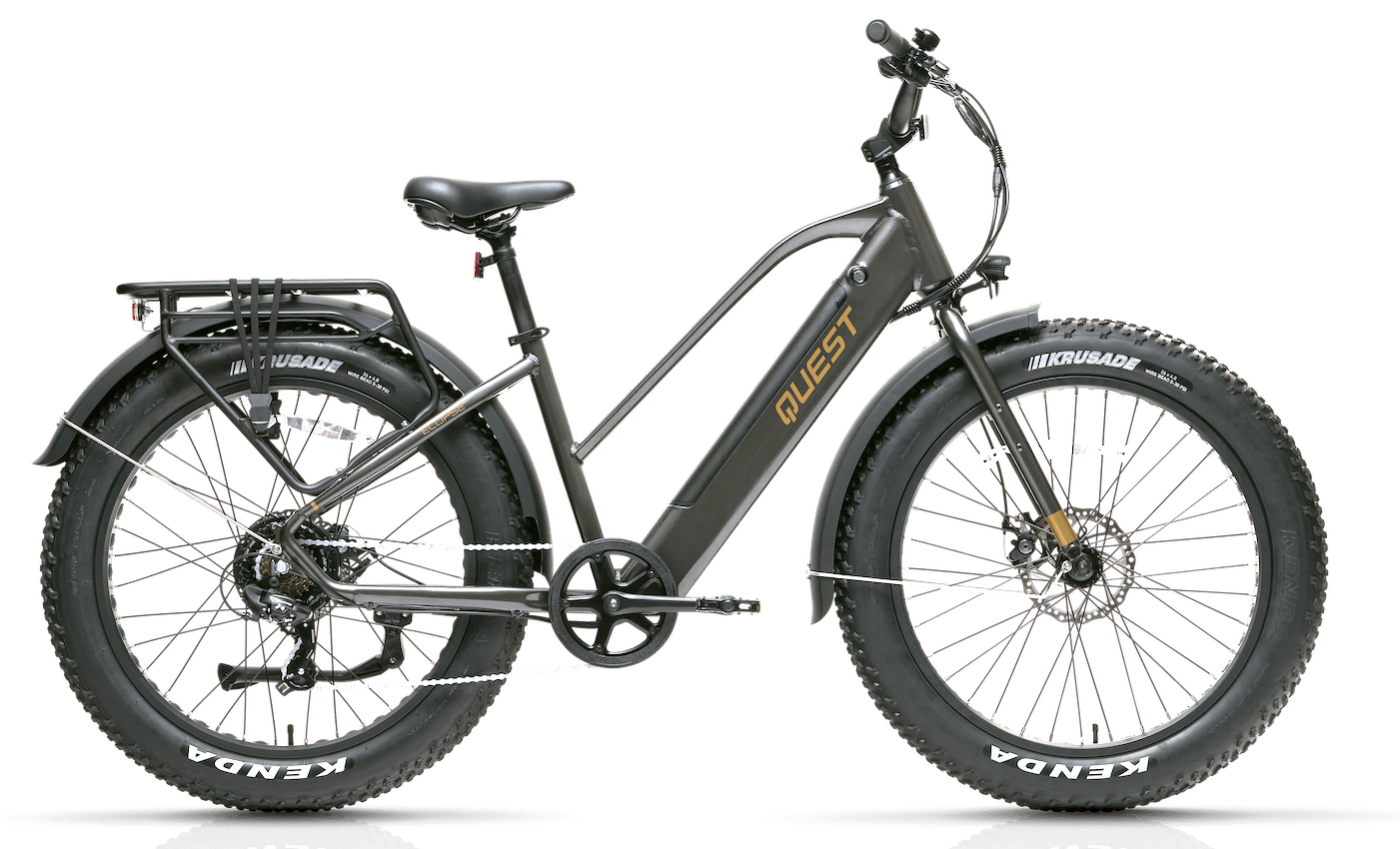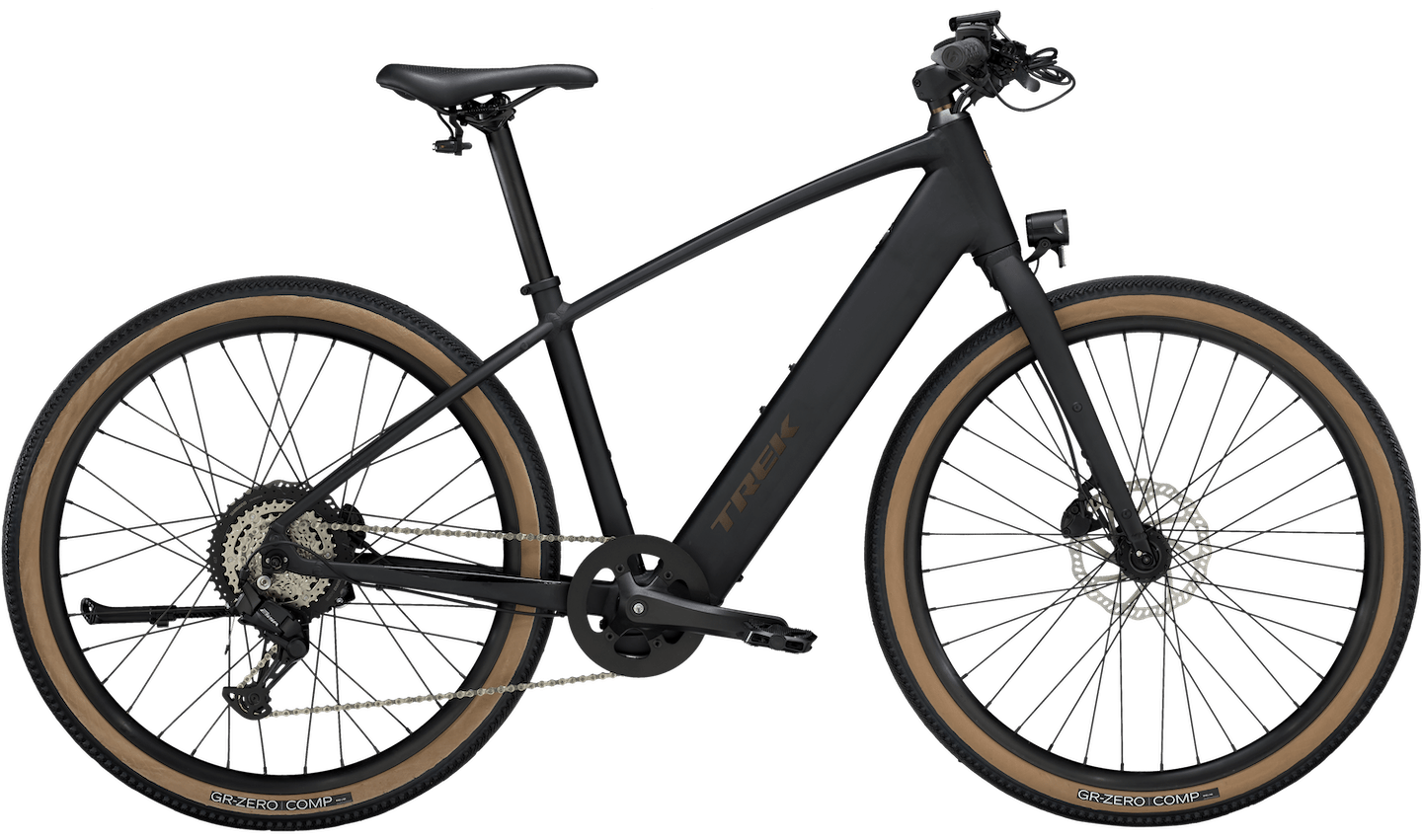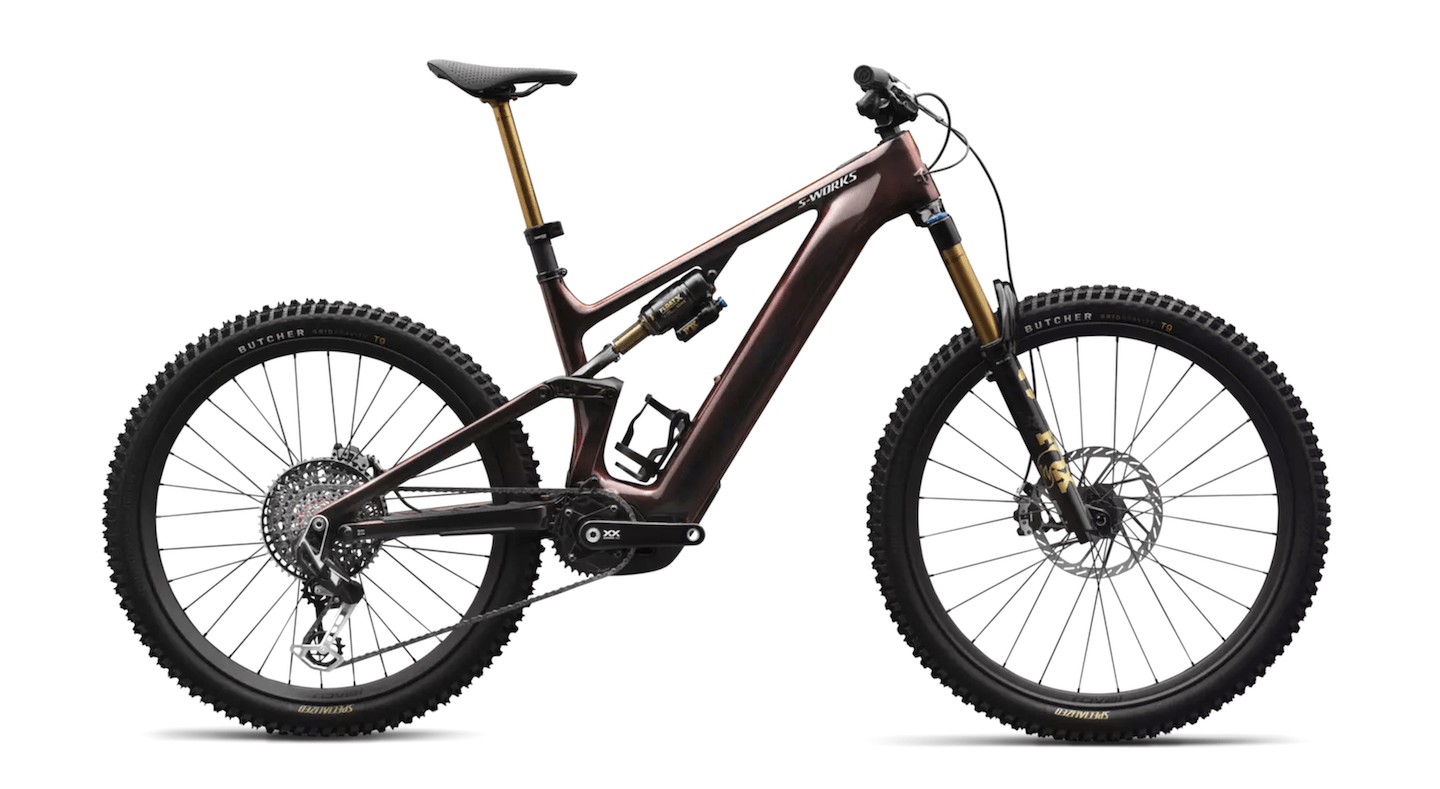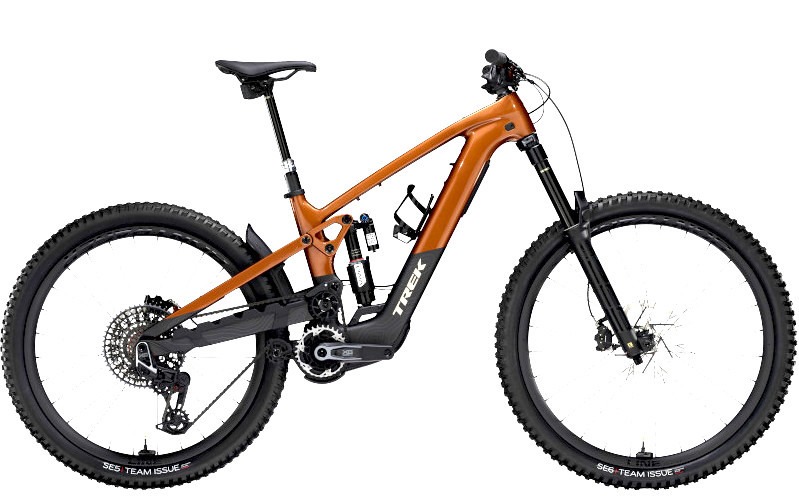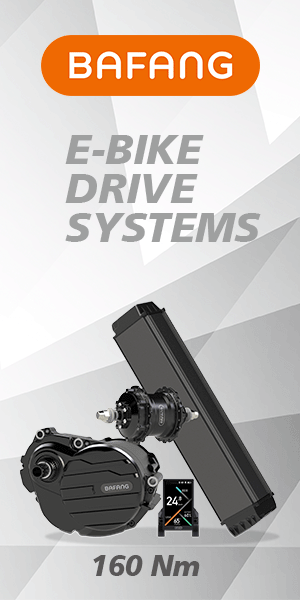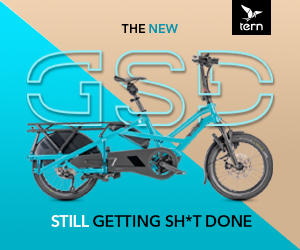August 3, 2021 - In April, Deutsche Post DHL Group presented its new Sustainability Strategy, underpinning its 2050 zero emissions goal. In a further step, the Group has now specified how its Post & Parcel Germany division aims to become more climate friendly in the course of the coming years.
Investments will be made in the construction of carbon-neutral production facilities, retrofitting existing buildings and further expanding the existing electric fleet – including 14,000 e-trikes.
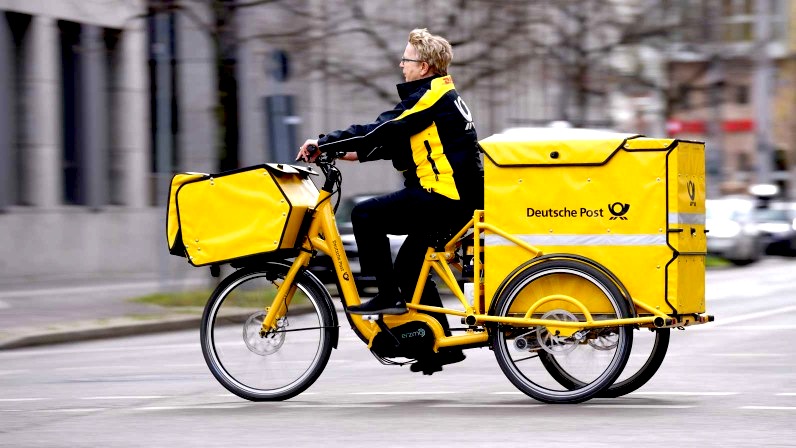
The company also wants to initially triple the current 2% share of parcel shipments transported between larger parcel centers by rail, and in the longer term gradually increase that share to as much as 20%. Deutsche Post and DHL also plan to make their products and services “greener”.
Alongside the current GoGreen portfolio, from 2022 further products and services will be offered which private and business customers can use to offset or even avoid emissions arising from parcel shipping.
Also from 2022, the remaining carbon emissions generated in shipping national and international letter mail will be automatically offset via certified projects and at no extra charge.
• Climate-neutral building construction: Building energy design featuring photovoltaics, heat pumps and building automation
• Efficient use of electricity and resources, with battery storage and recycled batteries taken from retired e-vehicles
• E-fleet expanded to 37,000 vehicles and 14,000 e-trikes by 2025
• 12,500 Packstations by 2023
• Long-term goal: 20% of parcels shipped by rail
• Broader GoGreen product portfolio from 2022
E-mobility, charging infrastructure and e-trikes
Deutsche Post DHL is already an e-mobility pioneer – with over 15,000 StreetScooter branded electric vans, it is by far the largest e-fleet operator in Europe and beyond. In 2022, the fleet will grow to around 21,500 StreetScooters and a new model will be introduced: The first prototypes of the StreetScooter Gigabox with a load capacity of 12 cubic meters and space for some 240 parcels will be deployed in the course of this year.
In 2025, the delivery fleet will then comprise 37,000 e-vehicles, including e-commercial vehicles from established vehicle manufacturers as and when available. Unlike combustion engines, electric vehicles are better suited to journeys involving the heavy stop-start city traffic usually encountered when delivering parcels and mail. Compared with a conventional van, an e-van reduces carbon emissions by around 4 tonnes per year. Thus, by 2025 Deutsche Post DHL will reduce its carbon emissions by an annual 150,000 tonnes.
The Group is also adapting is charging infrastructure to serve the needs of a growing e-fleet. As Germany’s largest private charging infrastructure operator, Deutsche Post DHL already has 20,000 charging stations at its production sites. By comparison: There are currently only 40,000 public and semi-public charging stations in Germany overall.
The Group’s e-fleet will be supplemented by 8,000 e-bikes as well as some 9,000 e-trikes – three-wheeled electric-powered cargo bikes. Deutsche Post plans to purchase a further 5,000 e-trikes by 2025. They provide an environmentally friendly means of transport for deliveries in city streets and with their high payload capacity, there’s enough room for small parcels to be carried too. Last year alone, 58 million small parcels were delivered using this carbon-neutral, environmentally-friendly transport mode.
Read the full report here.



